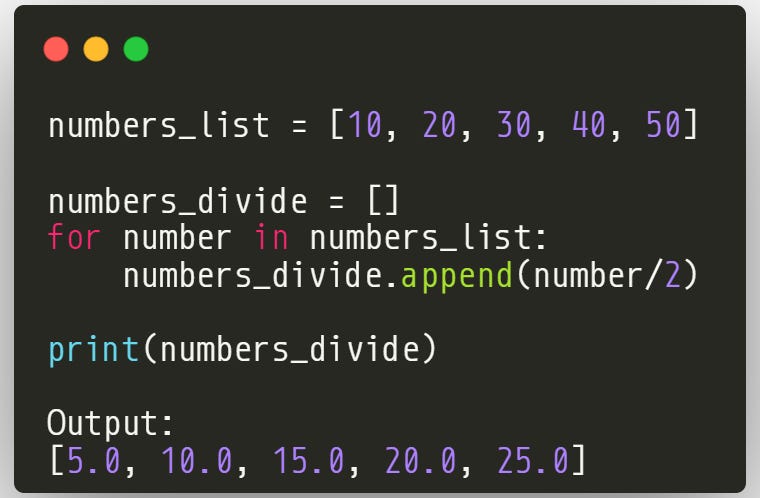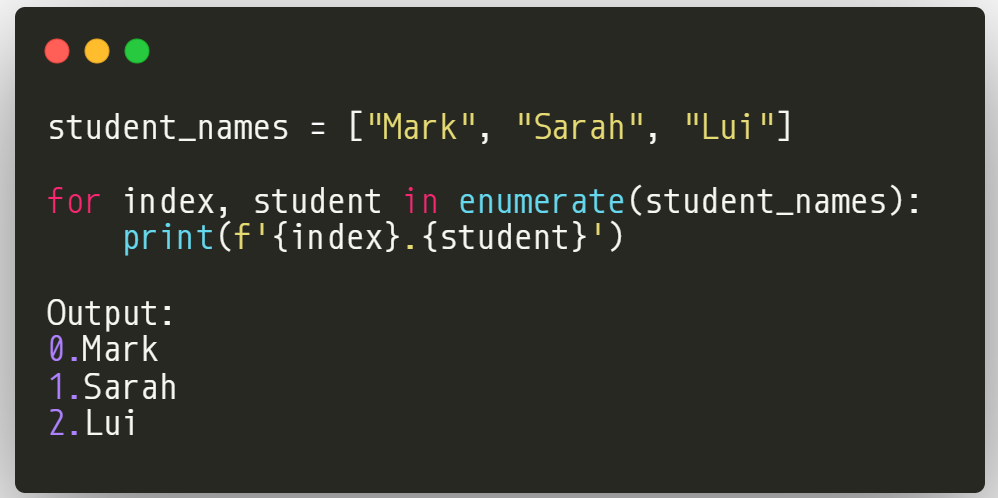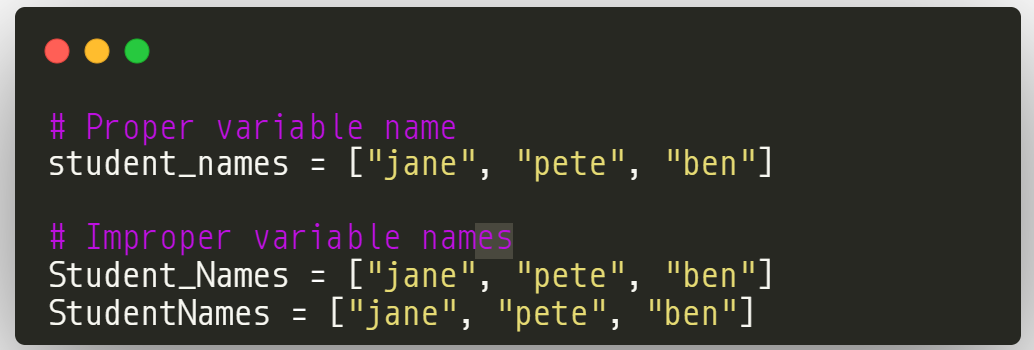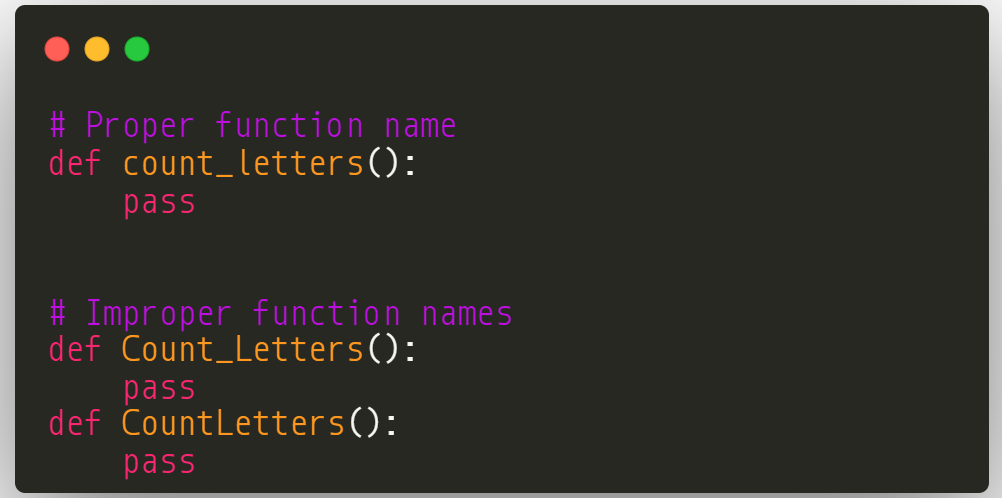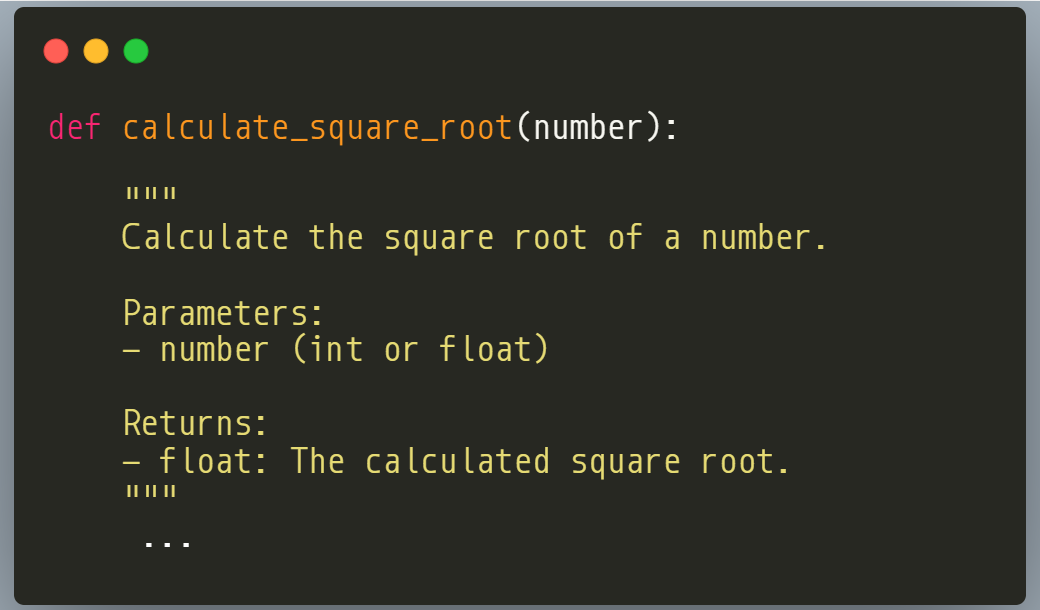5 Underrated Tips That Will Greatly Improve Your Python Code
Any fool can write code that a computer can understand. Good programmers write code that humans can understand. ― Martin Fowler
What is better than a code that works? It is code that is clear, efficient, and maintainable. Once you write code that works, the next step is to ensure that the code is easy to read, maintain, and optimized for performance. If your code is a tangled mess of unclear variable names and obscure logic, it can be a nightmare to understand and modify for you and others. Well-written code, on the other hand, is self-explanatory and easier to maintain, saving you time and frustration. In this article, we are going to look at simple tips that you can adopt when writing Python code that will greatly improve the quality of your code.
1. Instead of For Loops, Use List Comprehension
One of the most common arguments made by people who prefer traditional loops to list comprehension is that traditional loops are easy to understand. While this may be true in some cases, in most cases, it is not. List comprehensions are a concise and Pythonic way to create lists by applying an expression to each item in an iterable. A list comprehension will generate a list from an existing list.
Let's look at an example. Let's say we have a list of numbers. We want to divide each number by 2 and create another list. Here is how the code will look if we use a traditional for loop:
Now, when we use list comprehension instead of a for loop statement, the code becomes more concise. See below:
By using list comprehension, we eliminate the boilerplate code of for loops, making the code more compact, potentially leading to faster code review and understanding, and has potential to improve performance.
2. Use the Enumerate Function for Iteration with Indices
Let's say we want to iterate over sequences and access both the elements and their corresponding indices. We can use the range() and len() functions. Here is what the code will look like:
If you look at the code above, there is a lot going on. We are using the
This is much better. Using the
Build the Confidence to Tackle Data Analysis Projects (SUMMER 40% OFF)
To build a successful data analysis project, one must have skills in data cleaning and preprocessing, visualization, modeling, EDA, and so forth. The main purpose of this book is to ensure that you develop data analysis skills with Python by tackling challenges. By the end, you should be confident enough to take on any data analysis project with Python. Start your
Other Resources
Want to learn Python fundamentals the easy way? Check out
3. Underscore (_) for Ignoring Values
Sometimes you may need to ignore certain values during unpacking or looping. In such cases, Python recommends using an underscore (_) as a variable name. It acts as a placeholder for values that you don't intend to use. This helps improve code readability by signaling your intention to disregard specific values explicitly.
Using underscore explicitly signals that you're not using a particular value, improving code clarity. This also prevents accidentally using the unused variable later in your code, which could lead to errors.
4. Adhere to PEP 8 Naming Conventions
PEP 8 (Python Enhancement Proposal 8) is the style guide for Python code. Following its conventions ensures that your code is consistent and readable by yourself and other Python developers. Python PEP 8 offers some recommendations on how Python code should be formatted or styled. You must make an effort to follow these styling conventions if you want to write Pythonic code. Let's look at some of the guidelines that you should follow when naming and writing your code:
Variable names - In accordance with PEP 8, variable names should only contain lowercase letters, with any two words in the name being separated by an underscore. For example, if you want to name a variable "student names," here are some examples of how it should and shouldn't be written:
Function names - Function names should only consist of lowercase letters separated by an underscore if there is more than one word. Do not include any uppercase letters. Here are examples of proper and improper function names:
Class names: According to PEP 8, all class names should start with an uppercase letter. If you have two words in the name, use the CapWords convention. This means that you should start each word with an uppercase letter. There should be no space between the words. Here are examples below of proper class names:
Maximum line length: Your code should easily be readable, so unnecessarily long lines of code should be avoided. PEP 8 recommends that your code lines should not exceed 79 characters.
For more on PEP 8, check out this link:
5. Make Good Use of Docstrings
Docstrings, or documentation strings, are comments at the beginning of a function or class that explain its purpose, usage, and parameters. Docstrings are essential for well-written Python code. They serve as valuable documentation for yourself and others who may use your code. Here is an example of a function with a docstring:
Docstrings make the code easy to maintain. You can see above that the function is now self-documenting. If you or someone else needs to modify the function's behavior in the future, this docstring will provide a clear understanding of its purpose and implementation.
Conclusion
These simple tips can greatly improve the quality of your Python code. By incorporating these practices, you will write cleaner, more efficient, and more professional Python code. The best way to improve the quality of your code is to try to incorporate these tips every time you write Python code. Remember, the best code is not just functional but also clear, efficient, and maintainable. Thanks for reading.


